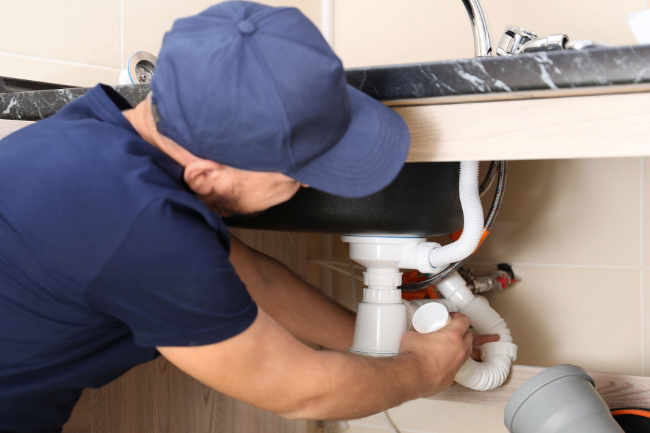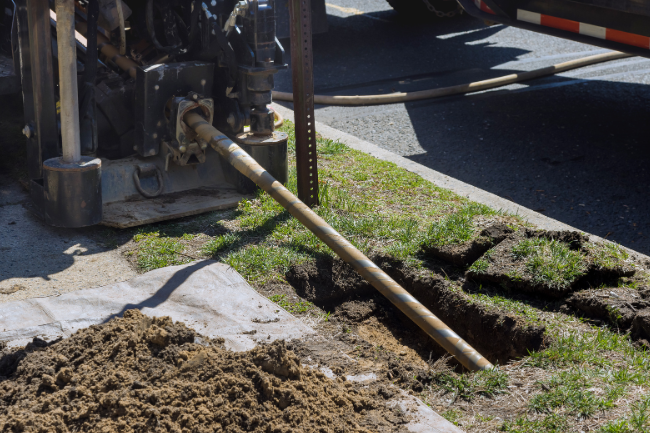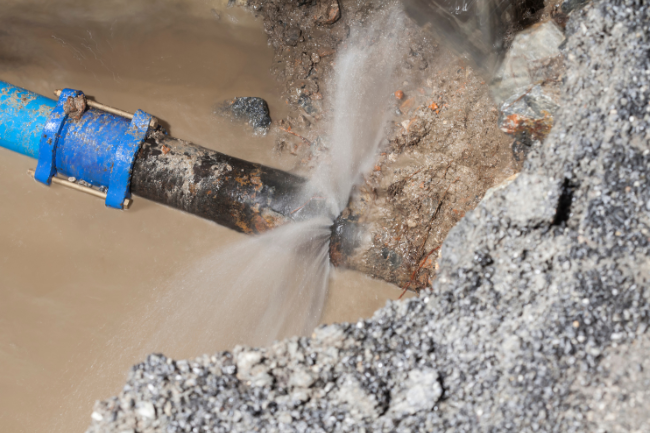How to Connect or Fix PVC Piping—Plus 3 Helpful Tips
Posted by William Heinselman on
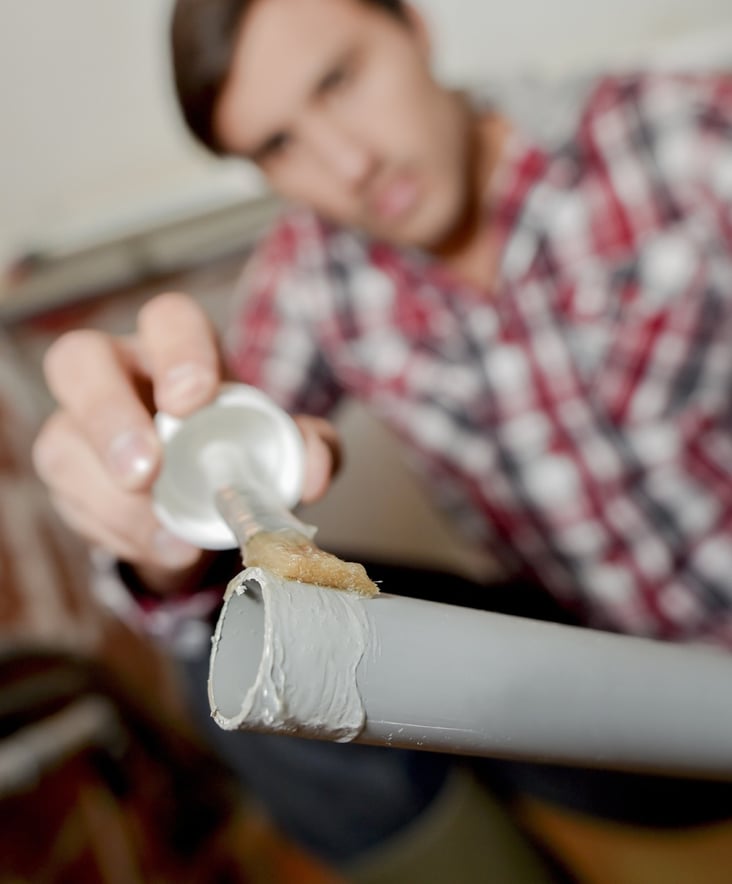
When it comes to piping, PVC is the undisputed MVP. It’s a plumbers’ go-to product and a homeowners best friend.It can also be used to create anything a DIYer can dream up (from wine racks to swingsets, check out some of the most creative and innovative uses for PVC piping on the internet).
What makes PVC—or polyvinyl chloride, if you ever wondered—so special? It’s lightweight, crush-resistant, affordable, and available in various lengths. It’s strong under pressure, and rust-proof. Plus, unlike copper tubing, PVC resists corrosion and is very long-lasting, with replacement taking nothing more than a cut and some glue.
But before beginning your next project using PVC piping, here’s five things to remember, with some important tips along the way.
1. Make a Clean Cut
When cutting a PVC pipe, you want to use a fine-tooth saw with a 3-4-inch long blade (longer than that and it’s likely to buckle). While novices may reach for a hacksaw, its thin blade easily wanders making awkward cuts which may not fit as snugly into the fitting.
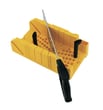 Pro Tip: If you plan to do a lot of work with PVC piping in the future, purchase a manual miter box and saw. It’s cheaper than a power miter saw, and can offer more accuracy; the box holds the pipe in place for square or angled cuts, and the saw blade is short and fine-toothed with extra support to avoid buckling.
Pro Tip: If you plan to do a lot of work with PVC piping in the future, purchase a manual miter box and saw. It’s cheaper than a power miter saw, and can offer more accuracy; the box holds the pipe in place for square or angled cuts, and the saw blade is short and fine-toothed with extra support to avoid buckling.
2. De-Burr the Pipe
When you’ve finished cutting the PVC piping, you’re likely to see some raised edges or flakes of plastic (otherwise known as burrs) left behind. These have got to go; left inside the pipe, they can collect debris and slow water flow; left outside the pipe, they can hinder your ability to create a tight connection. These can usually be easily removed by hand, carved off with a utility knife, or sanded away with sandpaper.
3. Apply the Primer
A step some DIYers will skip to save time, spreading cement primer on the interior and exterior of the pipe and fitting has an important purpose. First, it softens the top layer of plastic which aids in the “melting process” described in step six. Secondly, it cleans the ends to ensure strong adhesion with the solvent and a fit free from debris.
4. Make Your Marks
PVC cement dries very fast, so there’s little time to make an adjustment once you’ve spread it on and fit your pipes together. For fittings that require precise orientation, join the pipes together while they are still dry and make alignment marks so you can easily identify the point of connection when you put the solvent on and connect the two ends.
 Pro Tip: When installing piping, be sure the writing on the pipe faces outward to easily identify the pipe type and size down the road. This will also make future home inspections easier if and when you go to sell the home.
Pro Tip: When installing piping, be sure the writing on the pipe faces outward to easily identify the pipe type and size down the road. This will also make future home inspections easier if and when you go to sell the home.
5. Glue the Two
To create an air- and water-tight seal, PVC cement works by basically melting the top plastic layer on pipes and fittings so they merge as one. As mentioned, once you’ve applied the cement, you have to work fast. Push the pipe into the fitting until it hits the bottom of the fitting hub. Twist back-and-forth to spread the solvent evenly, and if you’ve made your marks be sure to align them. Then, hold the pieces together for 30-60 seconds to ensure a solid bond. Wipe away excess cement with a wet rag.
 Pro Tip: Vapors from primers and solvents can have fast-acting effects, such as light-headedness and throat irritation, or could damage your eyes. To avoid any negative effects, be sure your have proper ventilation or wear a valved respirator mask.
Pro Tip: Vapors from primers and solvents can have fast-acting effects, such as light-headedness and throat irritation, or could damage your eyes. To avoid any negative effects, be sure your have proper ventilation or wear a valved respirator mask.
Calling the PVC Pros
Remember, everyone makes mistakes...but that’s what’s so great about PVC piping! If you discover you’ve measured incorrectly or made an improper connection, just saw away the goof and reassemble with a PVC double-ended socket or a transition coupling. However, if you think you’d rather have an expert do the work for you (or with spring around the corner and are considering relining existing PVC pipes), Sacramento’s own Express Sewer and Drain is always just a click or call away.
Topics: Pipe Bursting, Pipe Leaks and Repair, Home Plumbing, DIY

